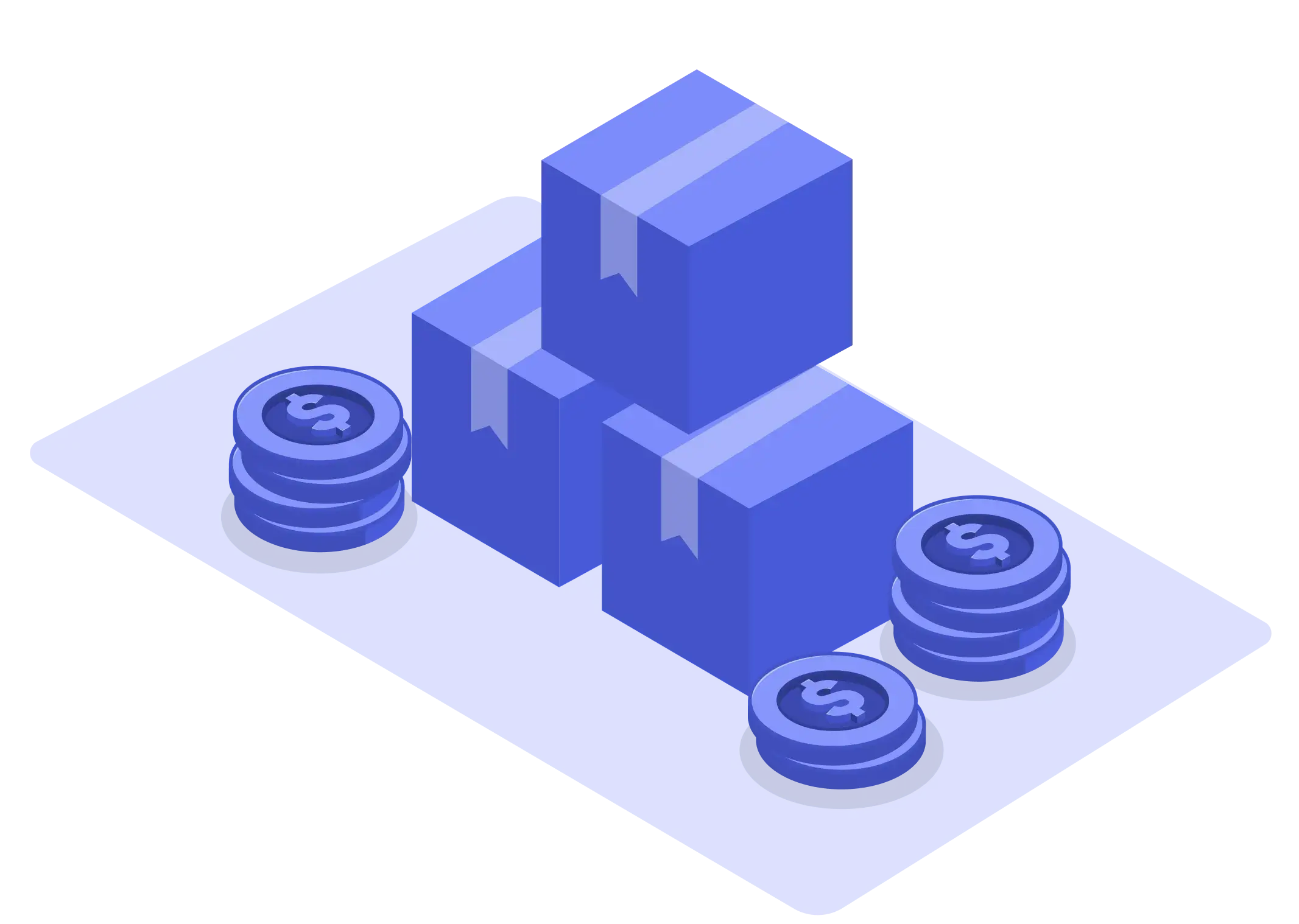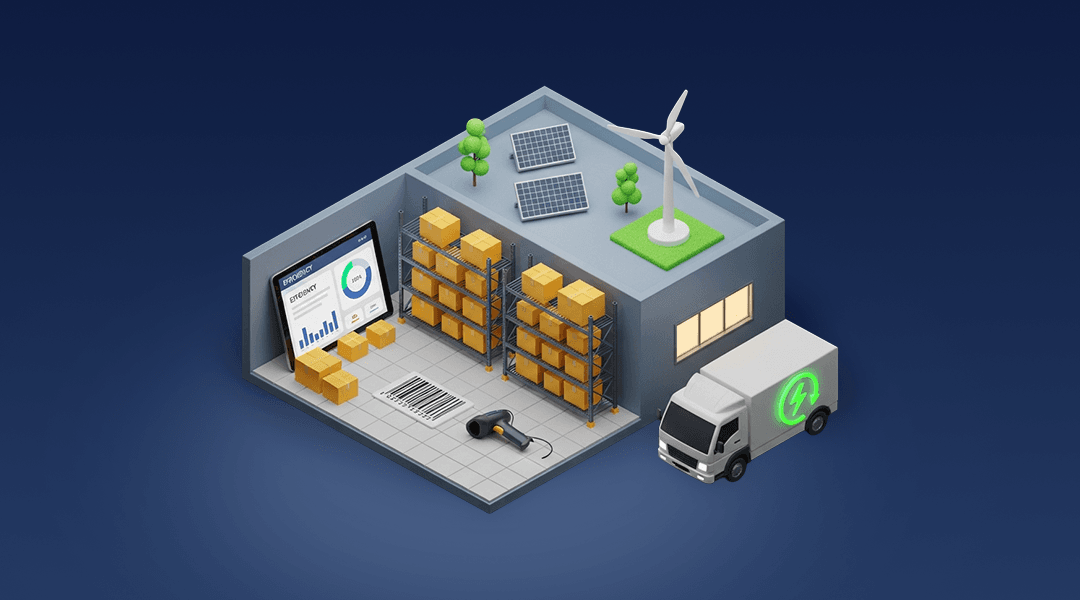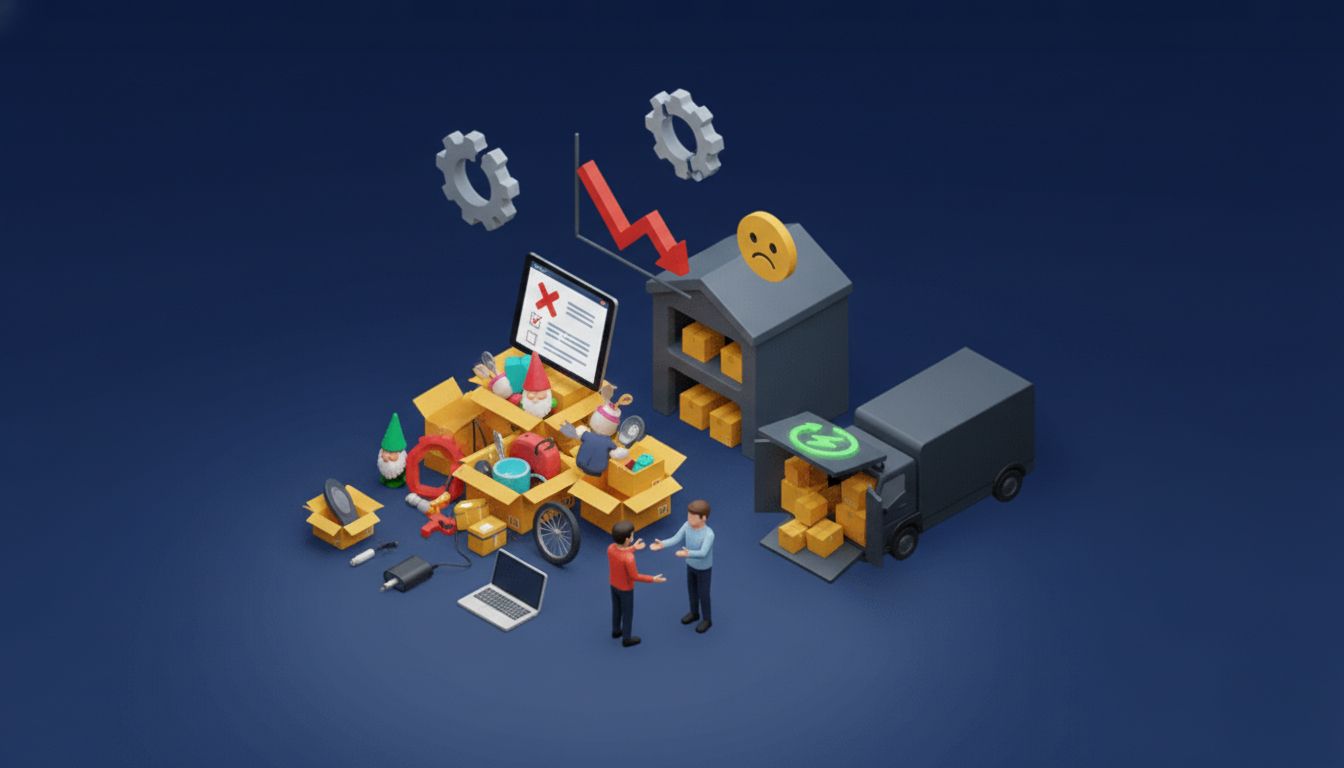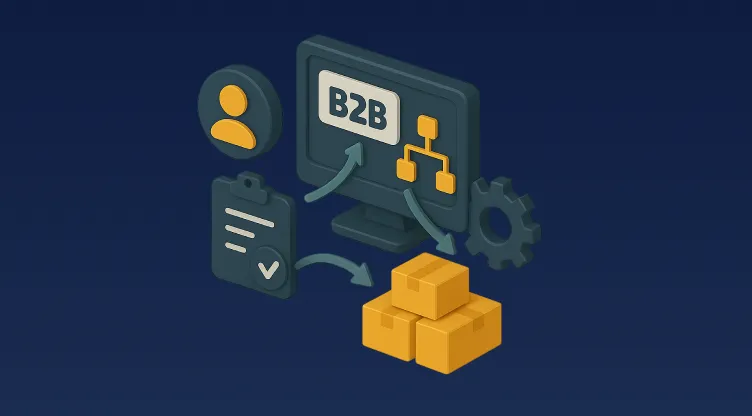From Returns to Results: Reinventing Supply Chain Strategy Through Reverse Logistics in MENA
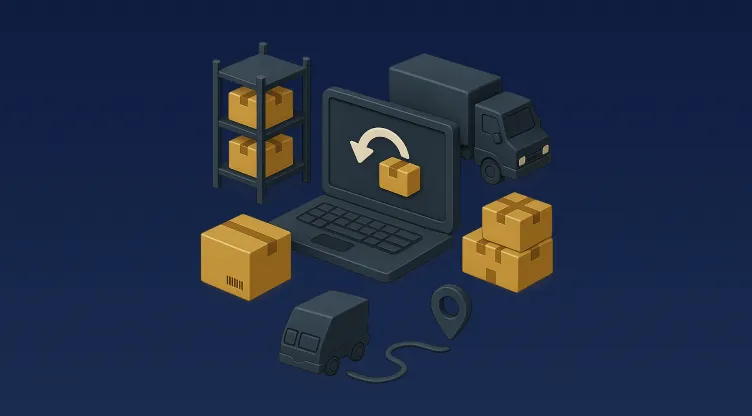
Table of Contents
Behind the Return Label: What You Should Know
- Reverse logistics is not just about refunds—it's about rethinking how products find their way back into value chains.
- In MENA’s dynamic commerce environment, return flows can make or break customer loyalty.
- Intelligent systems for inspection, grading, and restocking are replacing outdated manual return processes.
- From Riyadh to Cairo, businesses are turning returns into growth levers by using data and automation.
- A unified view of forward and reverse supply chains helps reduce waste, cost, and delays.
- Reverse logistics is increasingly linked to sustainability and brand responsibility initiatives.
When the Sale Isn't the End: Understanding Reverse Logistics
Sales don’t always mark the finish line. Sometimes, they signal the beginning of a new journey—one that takes a product back to where it came from, or perhaps somewhere entirely new. This is the essence of reverse logistics.
Unlike the traditional supply chain that moves products from warehouses to customers, reverse logistics operates in the opposite direction. It involves collecting goods from buyers and sending them back for evaluation, reuse, resale, recycling, or disposal.
But reverse logistics is more than a return label and a shipping box. It is an ecosystem of processes that, when handled well, safeguard reputation, reduce operational costs, and drive smarter inventory planning.
The MENA Imperative: Why Returns Are a Strategic Priority
Across the Middle East and North Africa, retail is moving at breakneck speed. With the boom in online sales—fueled by smartphone adoption, growing digital infrastructure, and customer expectations—returns have become a strategic focus.
The average e-commerce return rate globally hovers around 20%, and while MENA still trails behind in absolute numbers, it is catching up quickly. Customers across Saudi Arabia, UAE, and Egypt increasingly demand the right to return without friction.
Key reasons reverse logistics now matters in MENA:
- The rise of cross-border and local e-commerce
- The push for sustainability by public and private sector players
- Consumer behaviour influenced by global standards
- Complex last-mile networks that need fail-safes
For every product that travels forward, there must be a thoughtful way for it to travel back—whether due to dissatisfaction, damage, or obsolescence.
The Hidden Cost of Poor Return Management
Ignoring the reverse side of logistics is no longer viable. Businesses that lack a defined return strategy often face:
- Inventory chaos when returned goods aren’t promptly accounted for
- Customer complaints due to slow refunds or poor return communication
- Extra costs from manual processing and duplicate tasks
- Wasted goods when reusable items are scrapped unnecessarily
- Lost sales due to negative reviews and churn
In an environment where customer reviews can drive or destroy brands, reverse logistics has direct influence over both reputation and revenue.
Turning Challenges Into Opportunities with Reverse Logistics
When structured intentionally, returns can unlock new sources of value. Here’s how:
Efficient Inventory Recovery
Returned items, when inspected and approved quickly, can be re-listed or repurposed. This reduces overstocking and ensures your shelves are filled with sellable inventory—not dead stock.
Lower Carbon Footprint
Reverse logistics helps reduce the environmental toll of overproduction. By refurbishing or recycling returned goods, businesses contribute to greener commerce.
Enhanced Customer Experience
A transparent and simple return process boosts trust. Customers are more likely to purchase again from brands that handle returns fairly and fast.
Smarter Forecasting
Patterns in return reasons provide valuable insights. Are certain products returned more often due to sizing? Is there a quality issue with a supplier? This intelligence feeds into procurement and product development cycles.
How Technology Gives Returns a New Life
The traditional return process was slow, manual, and reactive. Today, digitally enabled reverse logistics has changed the game.
Key technologies transforming returns:
- Return Portals: Customers initiate returns online, choose pickup times, and get instant updates.
- Warehouse Inspection Apps: Items are scanned, assessed, and routed for resale or recycling.
- Integrated APIs: Refunds are automatically issued once conditions are met.
- Return-to-Stock Automation: Validated goods instantly appear back in available inventory.
- Real-Time Dashboards: Operations teams can see return trends, costs, and SLA breaches at a glance.
In MENA, platforms like Omniful are leading the way, offering modular returns management with features like automated refund triggers, doorstep pickups, and marketplace integrations for e-commerce players.
Case in Point: A Fragrance Brand in the Gulf Solves the Return Puzzle
Let’s look at a homegrown Saudi fragrance brand that scaled quickly during the pandemic. Their success, however, brought challenges. Around 15% of orders were returned, mostly due to incorrect scents or damage in transit.
Initially, these returns caused chaos: items weren’t tracked properly, refunds took up to 10 days, and customers became frustrated.
By implementing a digital returns module with grading, refund automation, and API connections to their online store, the brand achieved:
- Reduction of refund time from 10 days to 2
- 98% traceability of returned inventory
- 30% reuse of returned items after inspection
- Boost in positive reviews, directly linked to return experiences
Returns no longer drained the business—they supported its growth.
Building a Future-Ready Reverse Supply Chain
To set up a return flow that delivers business value, start with the fundamentals:
Define Return Policies with Clarity
Avoid vague promises. Customers respect transparency on timelines, acceptable conditions, and refund methods.
Enable Choice
Offer multiple return methods: in-store drop-offs, courier pickups, or even return lockers—especially in urban centres like Dubai and Jeddah.
Train Teams
Warehouse staff need defined grading criteria. Is a lightly damaged item resellable? What qualifies for recycling? The faster they decide, the more value is retained.
Connect All Touchpoints
Inventory systems, sales platforms, and CRM tools should all talk to each other. No customer wants to explain their issue twice.
Track and Improve
Use analytics to monitor return volumes, time-to-refund, and common causes. Act on these signals.
Final Thoughts: Reverse Logistics as a Competitive Edge
In today’s landscape, where customer trust is currency and efficiency is essential, reverse logistics has evolved from a problem to solve into a lever to pull.
Smart businesses across MENA are not just fixing returns—they’re investing in them. They see them as a powerful source of customer insight, operational resilience, and even environmental stewardship.
With the right systems in place, reverse logistics helps turn every returned product into a renewed opportunity.
FAQs: Demystifying Reverse Logistics
Is reverse logistics relevant to small businesses in MENA?
Yes. Whether you're a boutique retailer or an online marketplace, effective return handling builds customer trust and operational accuracy.
What are the most common reverse logistics methods in MENA?
These include pickup from the customer’s location, BORIS (Buy Online, Return In Store), and return via local logistics partners.
How does reverse logistics support sustainability goals?
Returns can be graded, reused, or recycled, reducing landfill waste and supporting circular economy efforts.
What KPIs should I track?
Return volume, refund processing time, percentage of restocked items, and customer satisfaction scores post-return.
Which industries benefit most?
Fashion, electronics, home décor, and health products—anywhere return rates are high or where returned products can regain value.

